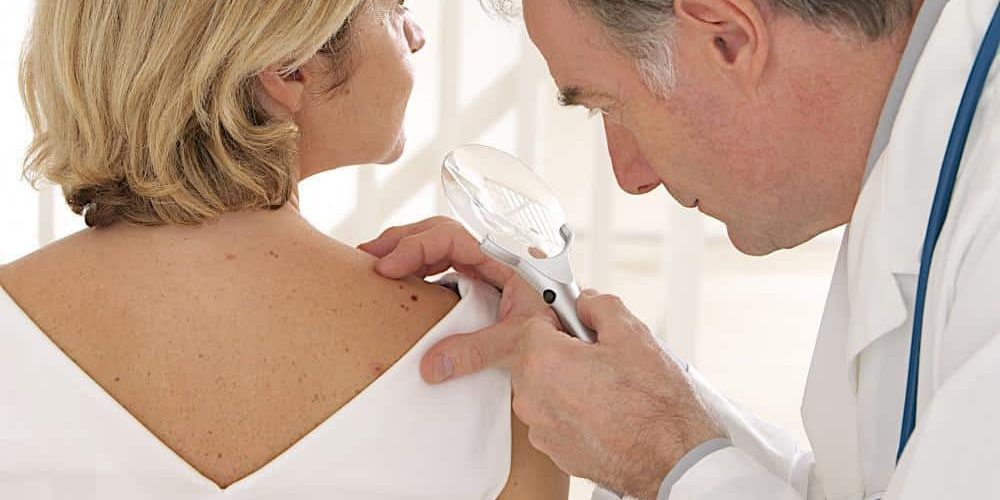Melanoma is a type of skin cancer that develops in melanocytes, the cells that produce pigment in the skin. It is the deadliest form of skin cancer, responsible for the majority of skin cancer deaths. The good news is that melanoma is highly curable if detected early, so raising awareness and taking action is crucial. In this post, we’ll discuss the risk factors for melanoma and what you can do to protect yourself.
Risk Factors
Exposure to UV radiation is the primary cause of melanoma. Overexposure to ultraviolet (UV) radiation from the sun or tanning beds increases your risk. The more sunburns you have had, the greater your risk.
People with fair skin, freckles, red or blond hair, and blue or green eyes are more susceptible to melanoma. Those with a family member who has had melanoma are also at a higher risk. People with many moles, unusual moles, or large moles are at a higher risk. Additionally, people with weakened immune systems, such as those who have had an organ transplant or have HIV, are at a higher risk.
Prevention and Detection
To protect yourself from the sun, wear protective clothing such as long-sleeved shirts and wide-brimmed hats, and use a broad-spectrum sunscreen with an SPF of 30 or higher. Avoiding tanning beds is also important, as they emit UV radiation, which can increase your risk of melanoma.
Performing self-examinations is another important step in prevention and detection. Check your skin regularly for any new or changing moles, freckles, or spots. If you notice any changes, have them evaluated by a dermatologist.
Regular skin exams with a dermatologist are also crucial for early detection. Especially if you have risk factors, scheduling regular skin exams can help detect melanoma early, when it is most treatable.
Treatment
If caught early, melanoma can be treated with surgery. In some cases, additional treatments such as chemotherapy or radiation may be necessary. The key is early detection, which is why regular skin exams are so important.
Melanoma is a serious form of skin cancer that can be deadly if left untreated. However, by understanding the risk factors and taking preventive measures, you can significantly reduce your risk. Remember to protect yourself from the sun, avoid tanning beds, perform regular self-examinations, and schedule regular skin exams with a dermatologist. By raising awareness and taking action, we can all play a role in the fight against melanoma.



